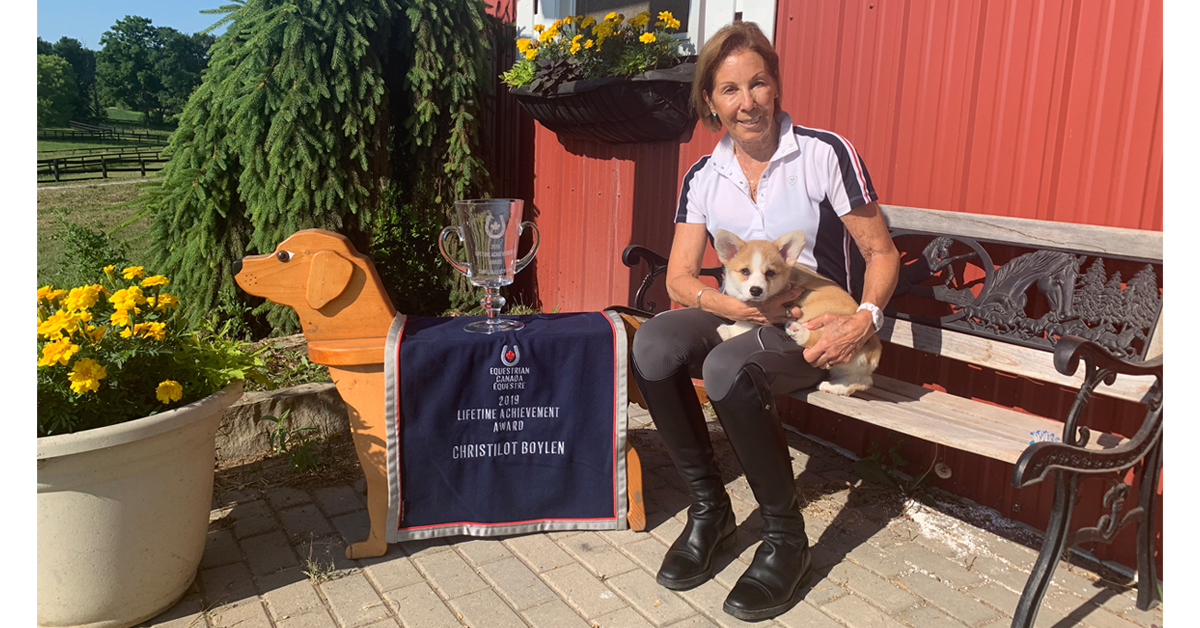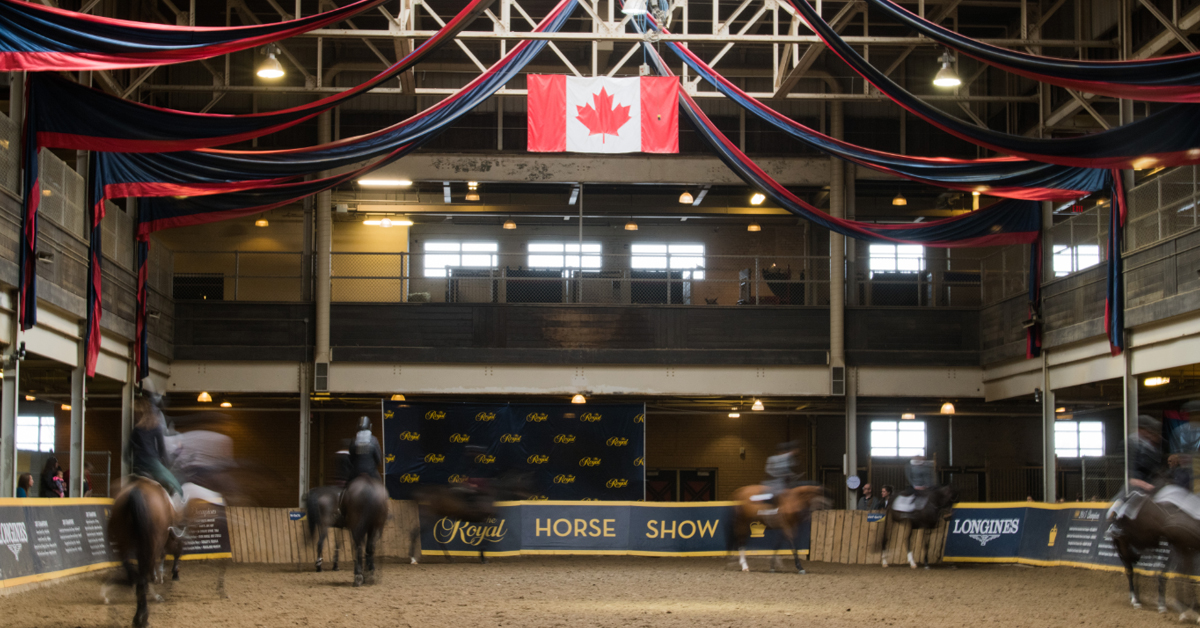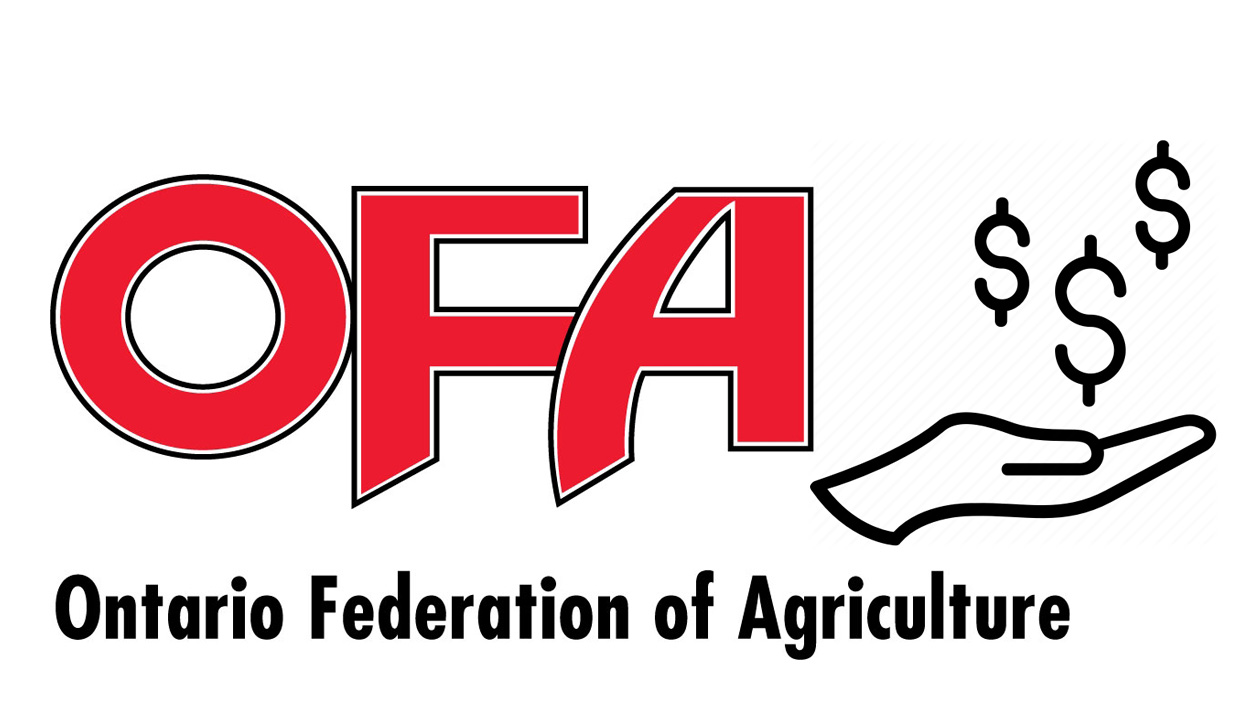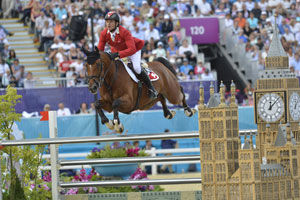If defending champion, Switzerland’s Steve Guerdat, can claim back-to-back individual gold in Rio de Janeiro (BRA) then he will be the very first Jumping athlete to do so in the history of the Olympic Games. Since Belgium’s Aime Haegeman steered Benton ll to victory in Paris (FRA) in 1900, no rider has succeeded in coming back and doing it again, and Guerdat’s achievement would be all the more remarkable for the fact that he will be partnering the horse that carried him to glory at Greenwich Park in London (GBR) four years ago, the enigmatic Nino des Buissonnets.
Guerdat’s individual Jumping gold was the first for Switzerland in 88 years, the previous one claimed by Lt. Alphonse Gemeseus and Lucette in Paris (FRA) in 1924. It was quite a moment for the 30-year-old rider, who was just edged out for the honours in the closing stages of the FEI World Cup™ Jumping Final three months earlier. “But that was an important step to this medal”, he said after claiming the London 2012 title. “He (Nino des Buissonnets) had a big break after the World Cup and just four shows before he came here. I wanted to keep him fresh and confident. I know I have a freak of a horse under me and I knew that if I took time with him it would be easier when he came here (to London).”
Well-planned
Now 34, Guerdat is a veteran of three Olympic Games as he arrives in Rio with the 15-year-old Nino who has been given a well-planned lead-in to the big event once again. Their last major victory together was in the Grand Prix at Geneva (SUI) in December, with the brave and quirky horse otherwise mainly kept under wraps apart from a stunning double-clear in the Furusiyya FEI Nations Cup™ Jumping leg in Rotterdam (NED) in June where the Swiss team finished second.
And Guerdat is in exactly the right frame of mind himself, having secured the prestigious Longines FEI World Cup™ Jumping title for the second time in two years at the Final in Gothenburg, Sweden in March. However he will be facing formidable opposition when he rides in to the Deodoro Arena for the first Olympic competition on 14 August. And arguably the greatest threat to his quest for double-gold will come from America’s McLain Ward.
Ask any of the other top riders and his name pops up every time. The 40-year-old from Brewster, New York is also a three-time Olympian, taking double team gold in Athens 2004 and Beijing 2008. Riding with supreme confidence and with a fabulous string of horses, he has been like an unstoppable train with wins in both the US and across Europe this year. And in the 10-year-old mare, Azur, he has a willing and able partner as he sets off on his Olympic glory trail.
Stunning
It’s interesting to note however that one other who has been attracting a lot of positive attention is Sweden’s Peder Fredricson with the 10-year-old gelding All In, runner-up in the Grand Prix in Rome (ITA) in May before throwing down two stunning double-clears at the Furusiyya FEI Nations Cup™ Jumping legs in St Gallen (SUI) in June and Falsterbo (SWE) in July. Anyone who has studied this horse in action knows the ease with which he tackles the biggest tracks. And this has possibly contributed to the sense that the Swedes could come out with all guns blazing in the Olympic team event. Malin Baryard-Johnsson has a fantastic new ride in Cue Channa, and with Rolf-Goran Bengtsson (Unita) and Henrik von Eckermann (Yajamila) also on call-up they look set to make a serious impact.
Of course the Dutch team will be hoping to continue the run of form that has seen them crowned world champions in 2014 and European champions last summer. To pile Olympic gold on top of that would be quite an achievement for Harrie Smolders, Maikel van der Vleuten, Jur Vrieling and the man who also claimed individual gold on both of those occasions, Sydney 2000 individual gold medallist Jeroen Dubbeldam.
Defending champions
The defending team champions from Great Britain send out two of their 2012 side in Nick Skelton and Ben Maher. The age profile of the majority of the British side is on the upper end of the scale, and 58-year-old Skelton joked recently that some of them might have to be “stretchered” into Rio, but nobody is going to underestimate the threat they pose. Skelton has nursed his London 2012 partner, Big Star, back to good health ahead of these Games and they have produced some seriously impressive recent performances. Meanwhile, although it may be 32 years since the legendary Whitaker brothers Michael (56) and John (60) took Olympic team silver in Los Angeles (USA), they are also right on top of their game.
However there has been a glitch in the preparations for the defending champions because Michael Whitaker is suffering from broken ribs following a freak fall at home while training a horse just a few days ago. So often in sport the greatest plans are turned upside down by unexpected incidents and accidents, but the younger Whitaker insists he will be ready for action with Cassionato when the moment arrives.
The team competition looks set to be a fierce contest between 10 powerful nations, and the hosts from Brazil have plenty to be excited about because one of their quartet, 25-year-old Stephan de Freitas Barcha, has been really impressive with the 13-year-old gelding Landpeter de Feroleto in recent months.
With 75 of the world’s best horses and riders fighting for the individual title, the flags of 27 nations flying high and 15 countries battling it out for the team honours, the Jumping competitions at the Rio 2016 Olympic Games look set to be classics
What is Jumping?
Jumping is an equestrian sport in which horse-and-rider combinations jump fences consisting of poles inside an arena, with penalties for knock-downs, refusals, horse and rider falls and for going over the time limit. There are a variety of competitions including speed events, and some will conclude with a jump-off for horse/rider combinations that have been penalty-free over previous rounds. The jump-off can be compared to a penalty shoot-out in soccer, and the result is just as unpredictable.
How it will play out….
After a horse inspection on 12 August, the first competition gets underway on 14 August with one round of jumping, and no jump-off against the clock. The starting order is decided by a computerised draw. The second competition is run over two days (16 and 17 August) – a qualifying round and a final round – over different courses, with the first day open to all, and the second open to the top eight teams
If the scores for any of the medal placings are equal, teams will jump a shorter course against the clock and if there is still a tie, the times of the best three athletes per team are added together to decide the winning team. There is also the possibility of a jump-off for the bronze medal and this will take place before the jump-off for gold
The horses still in contention for individual honours undergo another horse inspection on 18 August, before the individual final the following day, 19 August. The individual final is open to the top 35 horse/rider combinations after the first three days of competition. All participants start the individual final on zero (0) penalties. The top 20 from this round then go through to the final round to decide the individual medals, with the horse/rider on the lowest score winning gold
If there is more than one clear round, the medals are decided by a jump-off against the clock. If jumping penalties are the same over a shortened course, then the fastest time wins
More from Horse Sport:





